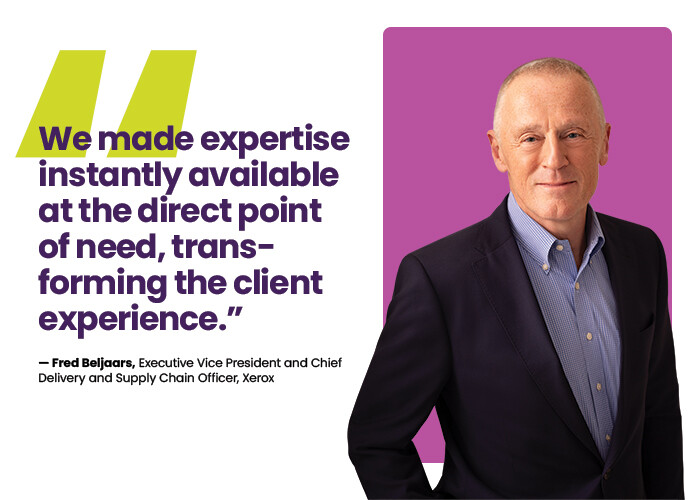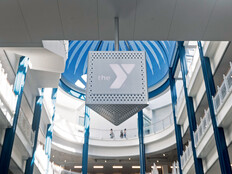Still, 39% of small businesses continue to use spreadsheets, email and personal productivity tools to manage customer demands, according to one survey. That creates inefficiencies and leads to customer frustration, experts say. To succeed, companies must focus on streamlining and integrating customer journeys and customer service processes to provide unified, efficient, personalized experiences that function seamlessly.
“Legacy systems often operate in silos, leading to fractured customer experiences,” says Kate Leggett, vice president and principal analyst for customer relationship management and customer service at Forrester Research. “By integrating ERP and CRM, companies can create a seamless experience that spans the front and back office.”
How to Standardize Customer Processes with CRM
Cloud-based platforms such as ServiceNow Field Service Management and Microsoft Dynamics 365 help companies improve communication, automate workflows and deliver real-time data and insights. Modern ERP and CRM solutions also help reduce IT costs by streamlining operations and eliminating the need for custom coding.
“The shift to cloud-based systems also decreases integration costs and allows businesses to take advantage of low-code/no-code tools for increased flexibility,” Leggett says.
For Xerox, the goal was to improve operational efficiency while enhancing the customer experience by leveraging artificial intelligence (AI) and augmented reality (AR) to speed up ticket resolutions and reduce downtime.
RELATED: How Orlando Magic delivers an exceptional customer experience for fans.
Beljaars says that one of the key benefits of ServiceNow’s FSM solution is its ability to capture all relevant case and work order history in one place. This ensures that Xerox technicians arrive onsite fully informed and equipped to address customer issues without wasting time on redundant tasks.
Additionally, AR support allows less experienced technicians to receive real-time guidance from more seasoned professionals, further improving resolution times and customer satisfaction. The integration of CareAR, a Xerox subsidiary, with ServiceNow enables technicians to solve complex issues remotely, significantly reducing the need for in-person visits.
“We made expertise instantly available at the direct point of need, transforming the client experience,” Beljaars says.












